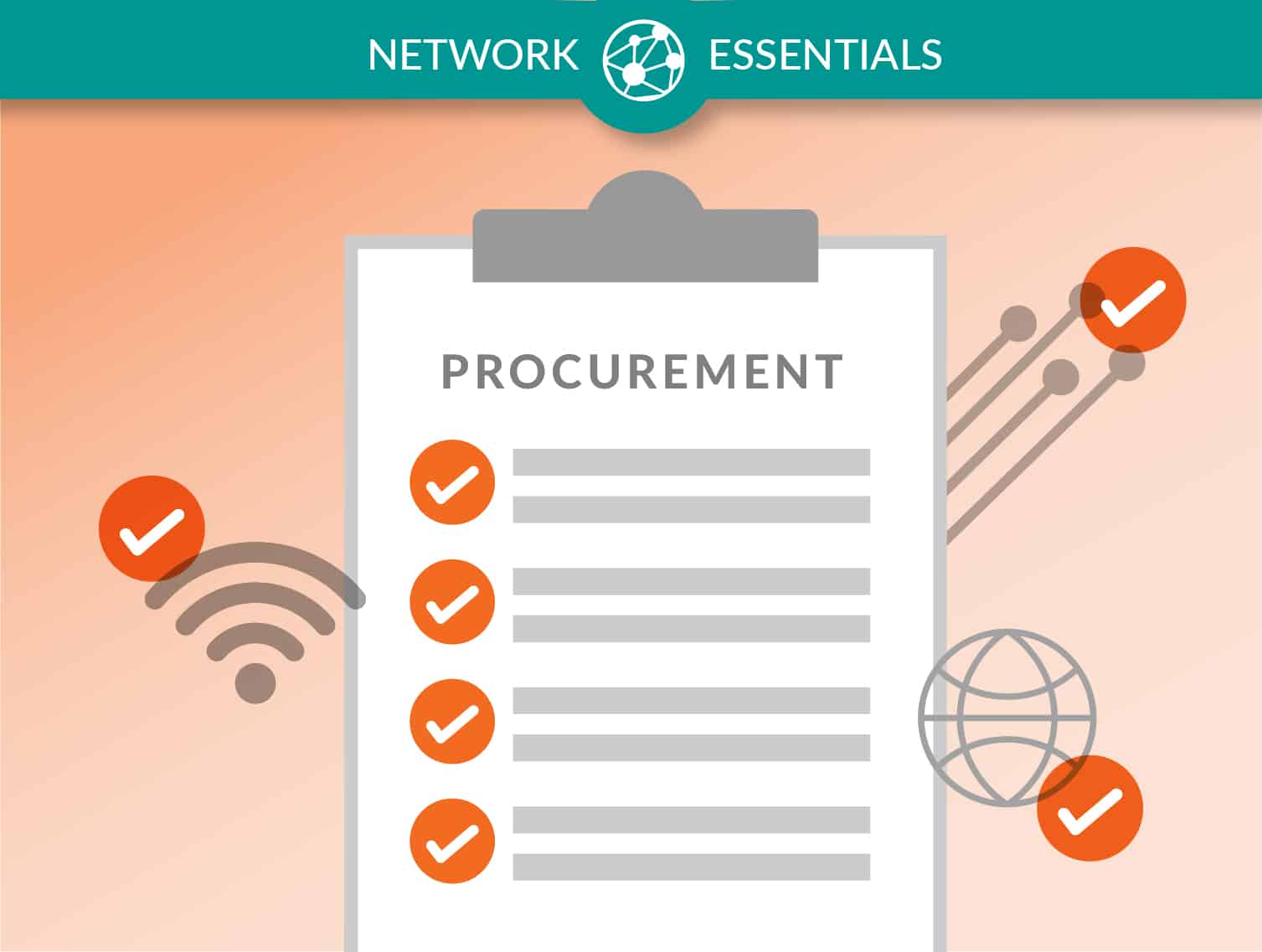Having a reliable network that supports your learning goals must be balanced with the cost to build and maintain that network. Network costs break down into capital expenses and recurring expenses, so you must consider both when determining what your school district can afford.
You should consider both the source and how you’ll spend funds upfront so that you can decide how you divide the funds between the two expense categories.
| CAPITAL EXPENSES | RECURRING EXPENSES |
|---|---|
|
|
How Does My Pricing Compare To Other School Districts?
Over the last five years, the cost of school broadband has decreased by 85%. Publicly available data has allowed thousands of school leaders to compare their existing service and pricing with neighbors and similarly-sized districts, ultimately helping them to negotiate with their vendor so that they can meet their technology goals. Compare & Connect K-12 is our free online tool that shows bandwidth prices and speeds for school districts across the country. We’ve seen that when armed with the knowledge of other school districts’ broadband deals, district leaders can significantly increase the bandwidth they receive within their existing budgets.
What Funding Sources Should I Consider?
One of the biggest challenges for any school district looking to undertake a major upgrade project is funding. Although the E-rate program provides substantial financial support, there is sometimes still a “gap” in funding that cannot be covered using the district’s existing budget. There are a number of resources schools can consider to bridge the funding gap, including:
2. Bonds – A school bond must be voted on by members of the school’s local community. Requirements for bond measures are based on local and state rules.
3. Federal government grants – Often highly competitive with a lengthy application process, external expertise may be required to help you navigate eligibility requirements, rules, and regulations.
4. Non-governmental grant funding options – Multiple non-governmental institutions provide grants to public entities as part of their philanthropic mission. Find out more.
Who Should I Buy From?
Choosing dark fiber
While most districts buy a fiber optic circuit operated by a service provider, an increasing number of districts have elected to operate their own fiber network that they construct for themselves or lease from a provider that specializes in dark fiber networks. Dark fiber is a particularly cost-effective option for districts with high bandwidth demand and growth rates because it lets you expand capacity significantly by upgrading low-cost electronics without any change to the monthly fee.
Both the ISP and WAN connections are usually purchased from a service provider like an area telephone or cable company. Some companies specialize in institutional-grade fiber connections, as well as government-sponsored networks dedicated to providing Internet access to schools. If one or more of these services your area, you are more likely to get better pricing.
Most LAN costs are non-recurring equipment costs. There are many vendors and products to choose from, so having a good handle on your technical, physical, and operational needs can give you the flexibility to pick the best solutions. For example, if your classrooms need updated wiring, that will likely be your most significant expense. However, creative problem solving can significantly reduce labor costs – such as rearranging technology resources around shared walls to limit the number of walls that need to be opened.
How Do I Get the Best Deal?
Design a competitive purchasing process
It can help you determine which suppliers are best able to deliver a quality network. Having reference costs from your peers and at least three different vendor RFP bids can help your team negotiate the best price.
Coordinate your technical and business teams
A close working relationship throughout the procurement process can avoid miscommunication and increase your chances of being able to take advantage of a great deal.
Hold suppliers accountable
Support your team by helping to ensure that suppliers deliver as expected, by removing internal barriers and by keeping all stakeholders on the same page.
Leverage expertise but maintain ownership
Suppliers might have more expertise in their specialty area than your team. One of your challenges is to include suppliers in your process so that you can gain the benefit of that expertise while still making sure that your team maintains decision making power.
Manage risks actively
Make sure your team meets regularly to assess and address potential project risks. For example, if you might add new online learning tools that require more bandwidth, make sure your Internet access and WAN contracts include a provision to increase bandwidth during the contract for a pre-negotiated fee.
What Are My Options for Managing My Network?
It’s common to focus on the primary network upgrades that you do once every few years, but keeping that network reliable requires an investment in management tools and resources at upgrade time. In addition to keeping the network running well, these tools can help diagnose problems with devices and software, saving staff time and preventing problems. Depending on your district’s size and the technical resources available, you should consider all of the methods for effectively managing your network:
- Management features of your equipment, including routers, switches, and Wi-Fi access points.
- Reports from your WAN and Internet Access service providers.
- Network monitoring systems that track standard metrics over time in addition to providing trouble alerts.
- Complete management offerings from consultants and vendors.
For more information on planning your broadband network upgrade, explore our free tools and resources.
Other blogs in this series:
1 – Plan for your school districts broadband budget
2 – Planning for your future bandwidth needs
3 – Securing buy-in for your upgrade
4 – Successful Procurement






